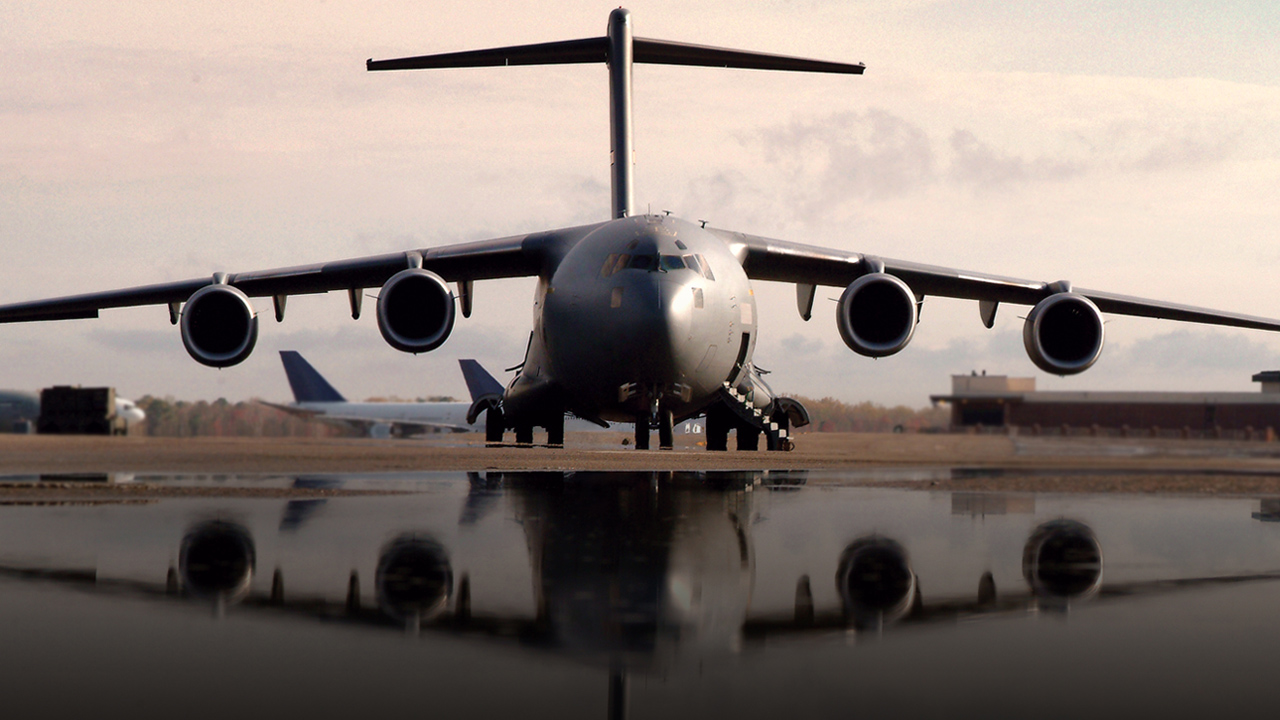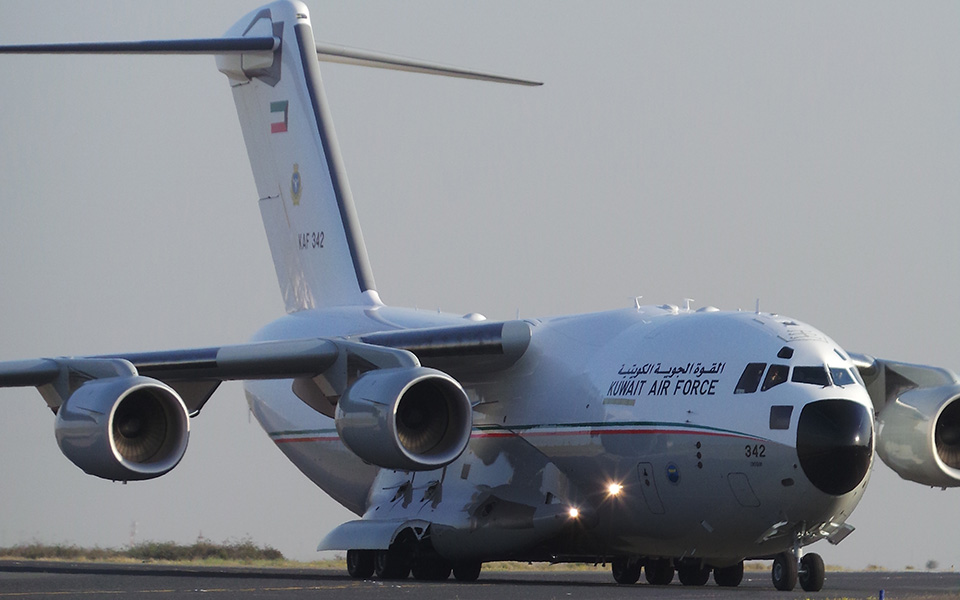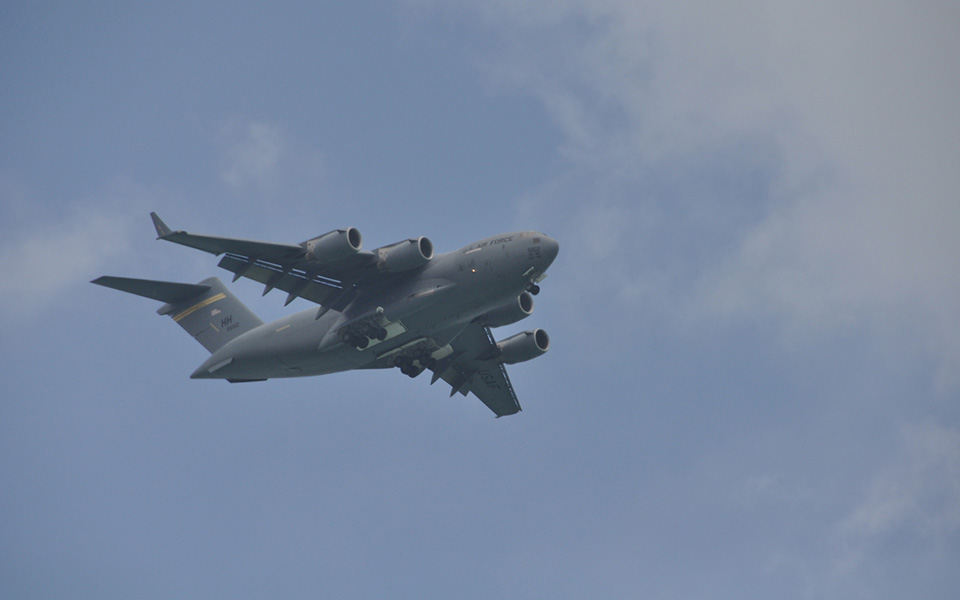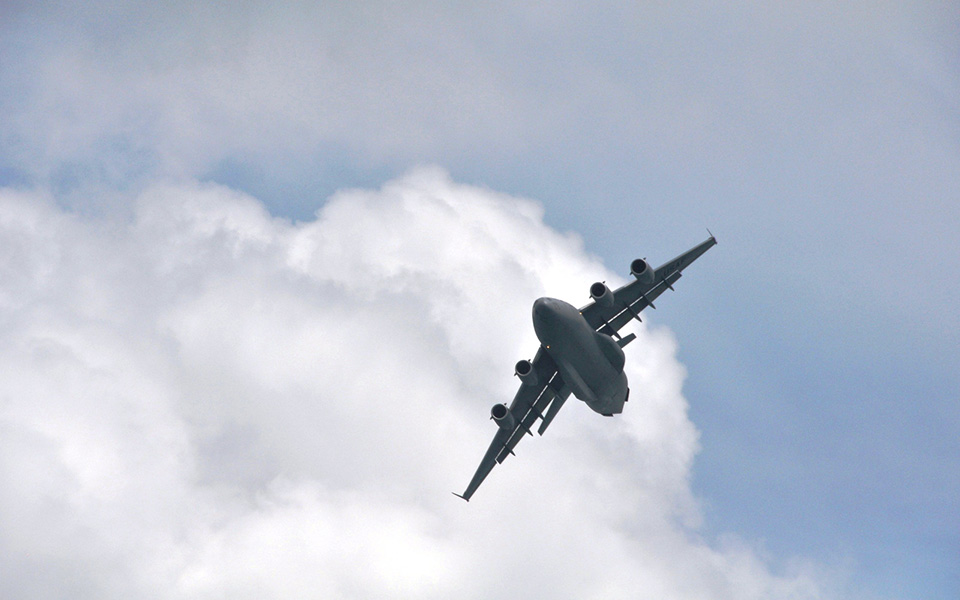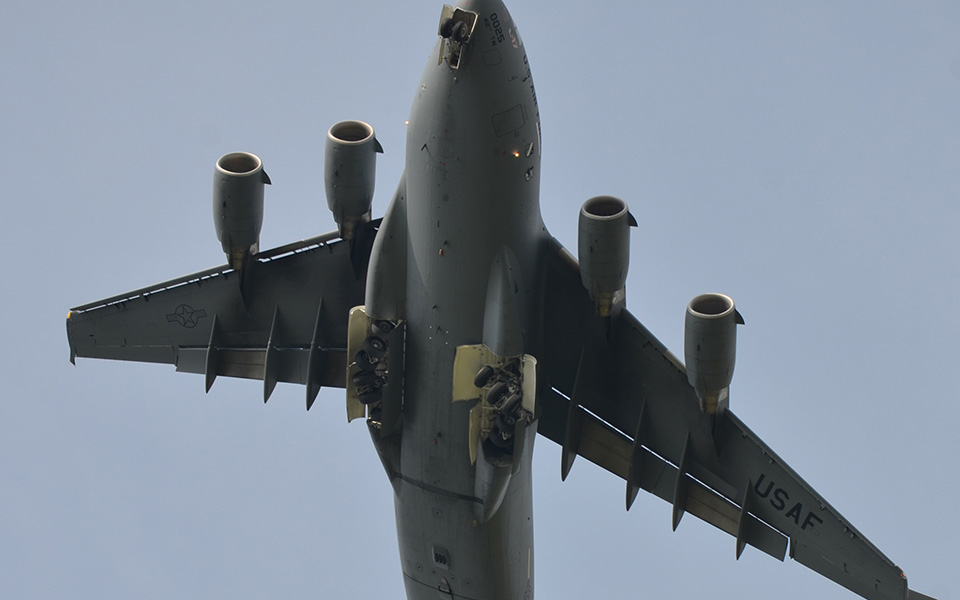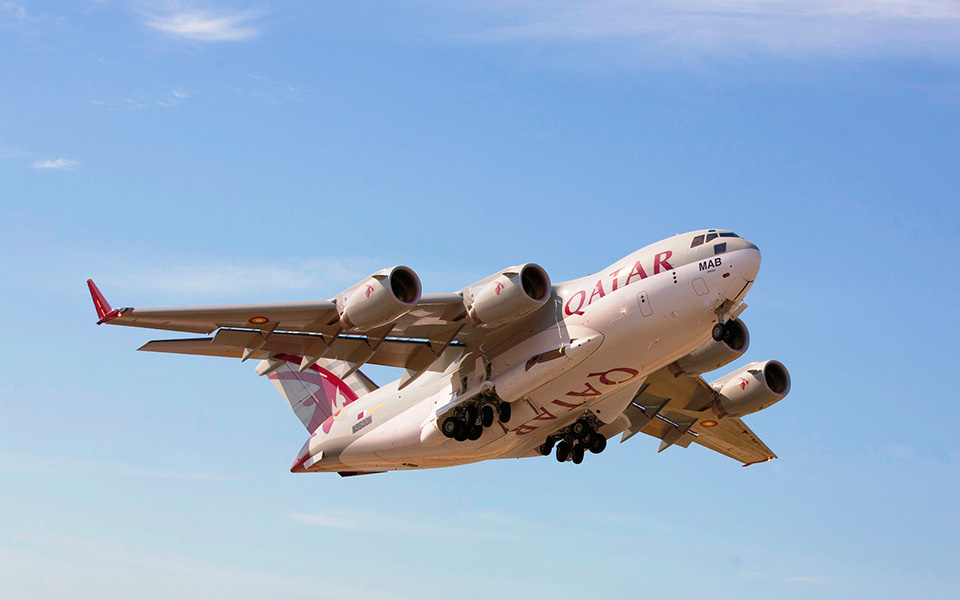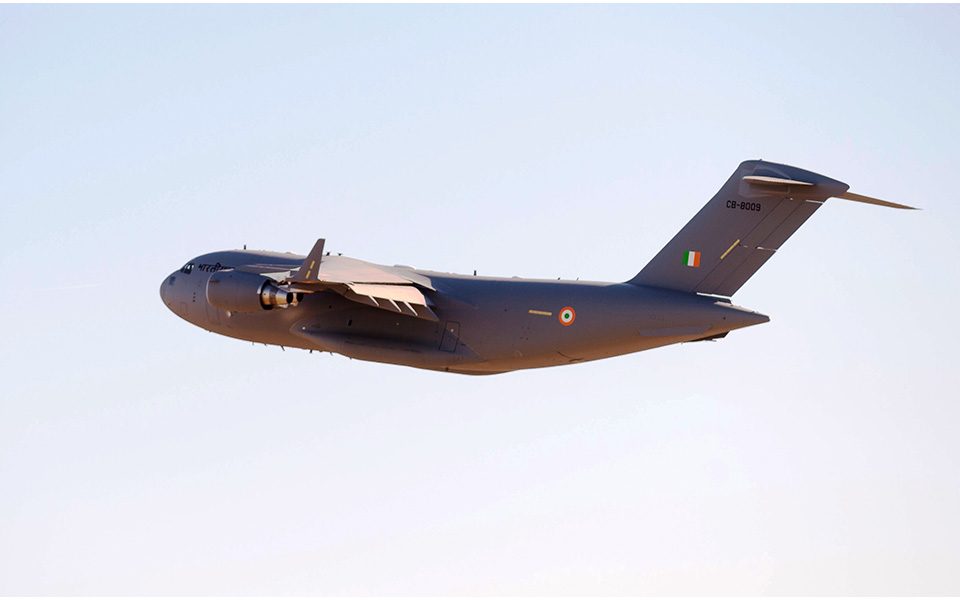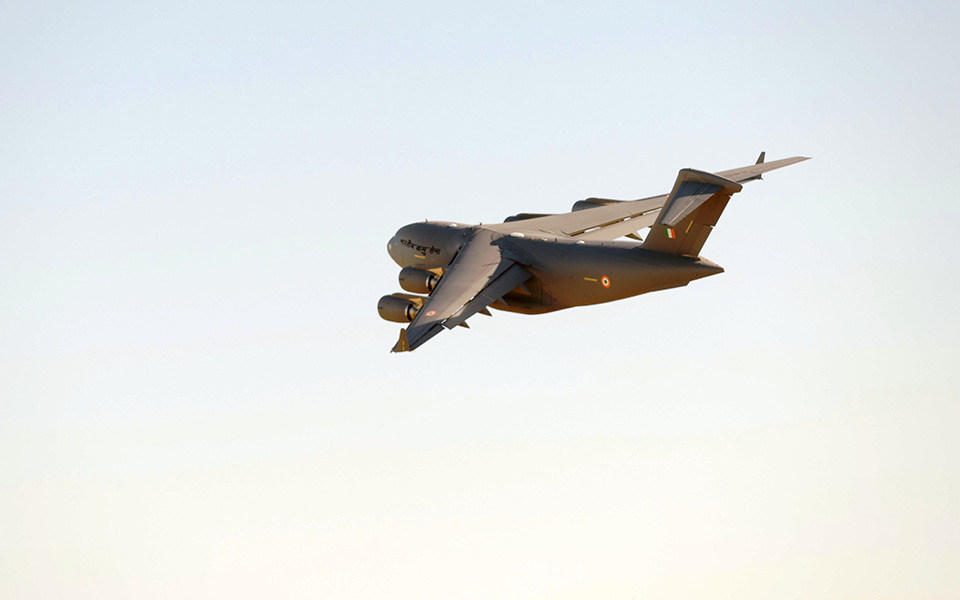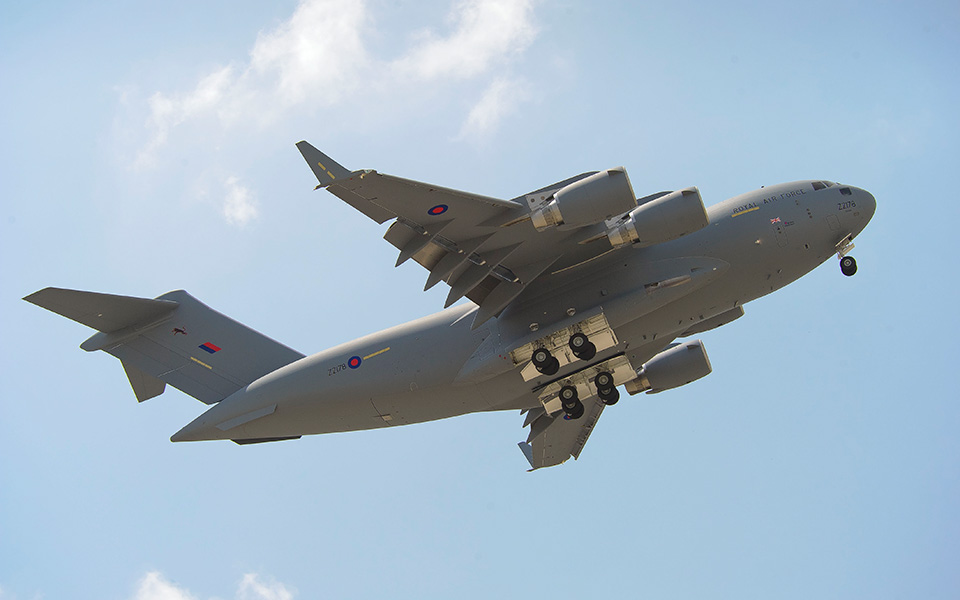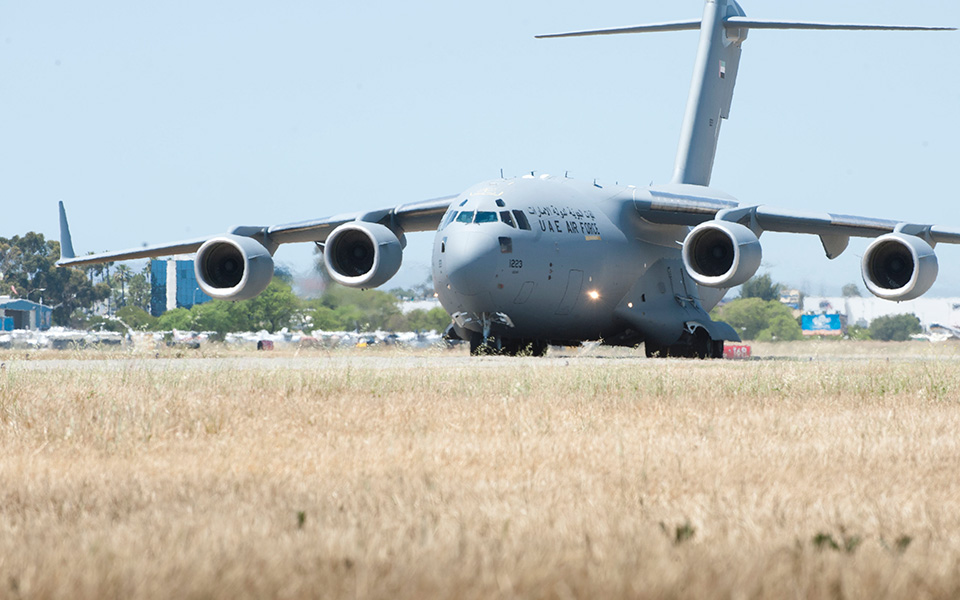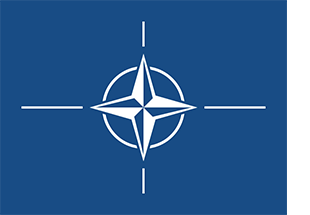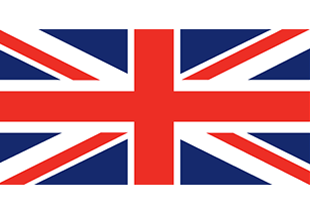A high-wing, four-engine, T-tailed military transport aircraft, the multi-service C-17 can carry large equipment, supplies and troops directly to small airfields in harsh terrain anywhere in the world. The massive, sturdy, long-haul aircraft tackles distance, destination and heavy, oversized payloads in unpredictable conditions. It has delivered cargo in every worldwide operation since the 1990s.
Lifecycle Sustainment
Boeing has partnered with the U.S. Air Force on C-17 sustainment since the delivery of the first aircraft in 1993. With a focus on high performance at an affordable cost, Boeing provides sustainment and maintenance for global C-17 customers in eight allied countries. The C-17 fleet has a best-in-class combined dollar per flight hour and mission capable rate, performing at the highest level of readiness worldwide.
